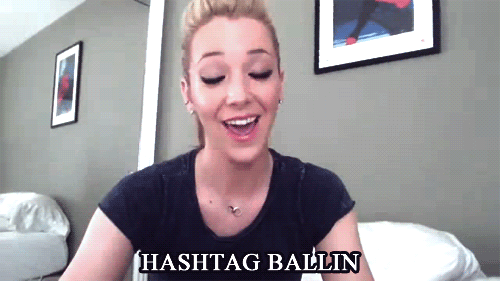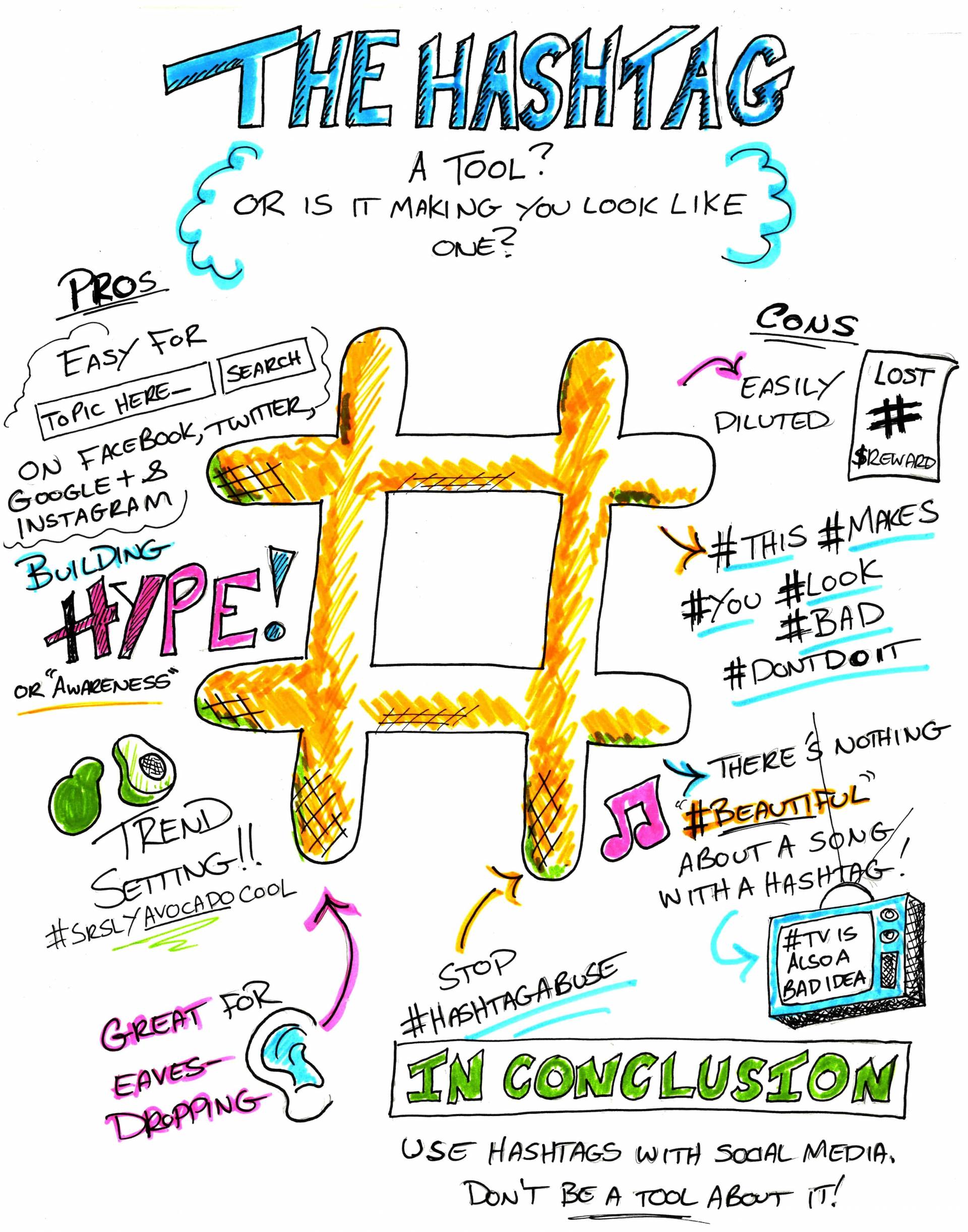
Hashtags are everywhere these days: on billboards, TV shows, bumper stickers – and oh yeah, on social media posts. What started as a simple tool for filtering posts on Twitter has turned into a cultural phenomenon. Just look at the broad appeal of the recent #bringbackourgirls campaign on social media. Nowadays you can find hashtags used regularly on Twitter, Facebook, Pinterest, Instagram and many other social media apps. Some denote trending topics, but others are short-lived, flash-in-the-pan affairs, like #picturemerollens, that appeal to just a handful of people for a matter of hours before quickly subsiding into the general chaos of the Internet.
With everyone rushing to stake a claim on “their” hashtag in the digital space, it makes sense that local governments and public sector agencies should keep pace. But there are a few points to keep in mind when developing your very own #hashtagstrategy.
1. Hashtags are beyond control
The idea behind hashtags are simple: click on them and you’ll get a list of the latest messages that include that particular hashtag. It’s a quick way to track trends and see how people are talking about a particular topic, and hashtags function the exact same way across most social media sites.  But – and this is a big BUT – you have literally zero control over the hashtag you have chosen. That’s because you don’t own a hashtag – think of them like little flags that you can attach to your posts to help others find them. Anyone can use these little digital markers without asking your permission, so anyone can post a message to “your” hashtag. Ideally, this universality helps drive engagement and create a community conversation on sites like Twitter and Facebook. You’ll want to keep your hashtag short, since they’ll eat into the 140-character limit on Twitter. Here in Oak Park, we attach a simple #oakpark tag to most posts on Twitter. It helps residents find our tweets each day, and its presence encourages them to append #oakpark onto their own tweets about our town.
But – and this is a big BUT – you have literally zero control over the hashtag you have chosen. That’s because you don’t own a hashtag – think of them like little flags that you can attach to your posts to help others find them. Anyone can use these little digital markers without asking your permission, so anyone can post a message to “your” hashtag. Ideally, this universality helps drive engagement and create a community conversation on sites like Twitter and Facebook. You’ll want to keep your hashtag short, since they’ll eat into the 140-character limit on Twitter. Here in Oak Park, we attach a simple #oakpark tag to most posts on Twitter. It helps residents find our tweets each day, and its presence encourages them to append #oakpark onto their own tweets about our town.
But when misunderstood or abused, hashtags can create a real nightmare. Consider the recent #myNYPD hashtag debacle.  It began as a public relations effort from the New York City Police Department to invite Twitter users to share positive stories about their local police. The campaign spiraled out of control almost immediately, with social media users posting messages and photos about police brutality, corruption and general misbehavior, all tagged with the well-intentioned hashtag. The NYPD had created a monster, because there is no way to pull the plug on a hashtag once it’s taken hold in the social media universe. The #myNYPD campaign started on April 22, but new messages have been posted as recently as this morning. OOPS!
It began as a public relations effort from the New York City Police Department to invite Twitter users to share positive stories about their local police. The campaign spiraled out of control almost immediately, with social media users posting messages and photos about police brutality, corruption and general misbehavior, all tagged with the well-intentioned hashtag. The NYPD had created a monster, because there is no way to pull the plug on a hashtag once it’s taken hold in the social media universe. The #myNYPD campaign started on April 22, but new messages have been posted as recently as this morning. OOPS!
2. Have good content to support a hashtag
Hashtags only gain traction when they have a steady stream of posts coming in each day. Especially if you’re launching a new hashtag, like say #mymaplewood for the fictional town of Maplewood, IL, you need to acknowledge that, at least initially, you will probably be the only one posting to that hashtag. It could take days or weeks for your local residents to pile onto the hashtag and give it some legs. Each time they click on the hashtag to see all the great activity going on in #mymaplewood, they will see your posts, and only your posts. So your nascent efforts should focus on having lots of little posts to help seed the hashtag with regular content updates.

This is where you can have some fun, too. Run a social media contest where you offer a small gift certificate or a Maplewood coffee mug to each person who reposts your content with the #mymaplewood hashtag (in-person pickup only, please). Encourage your elected officials to mention it when they’re out gladhanding at the farmers market. Loop in the local tourism office and the chamber of commerce. Print up pens with the #mymaplewood hashtag featured prominently. Everybody loves pens.
3. Don’t just tag it – watch it, too!
 OK, you’ve built a modest following around your #mymaplewood hashtag. Now you’ll need to start monitoring it daily. Use dashboard tools in Tweetdeck or Facebook to easily track posts to your hashtag. Remember, the idea here is to centralize the social media activity around a particular topic – #mymaplewood in this case – so we want residents to post questions, service requests, advice for councilors and stuff like that. Plan for oddball requests and occasional derision (this is the Internet, after all).
OK, you’ve built a modest following around your #mymaplewood hashtag. Now you’ll need to start monitoring it daily. Use dashboard tools in Tweetdeck or Facebook to easily track posts to your hashtag. Remember, the idea here is to centralize the social media activity around a particular topic – #mymaplewood in this case – so we want residents to post questions, service requests, advice for councilors and stuff like that. Plan for oddball requests and occasional derision (this is the Internet, after all).
Also, don’t be surprised if one day your hashtag gets some new visitors. Maybe Maplewood Community College in New Hampshire (again, fictional) decides to start posting to #mymaplewood. All you can do is be accommodating and try to make your content as hyperlocal as possible. Remember the #oakpark hashtag that we use each day? Well, it turns out that there’s an Oak Park in the Detroit area and another near Sacramento. So there are three municipalities playing around in the same hashtag kiddie pool each day. Not a huge deal, nothing we can’t handle, but it’s just something to keep an eye on.
And in conclusion
The best hashtags are the ones that take on a life of their own, keeping us on our toes with service requests, compliments, criticism and everything in between. The worst, however, are the ones that lie fallow in the untilled fields of Twitter and Facebook, launched amid fanfare but abandoned weeks later. My advice is to look carefully at your social media presence before embarking on a hashtag campaign, to ensure that you achieve an active hashtag that engages the community and augments your overall communications strategy.
